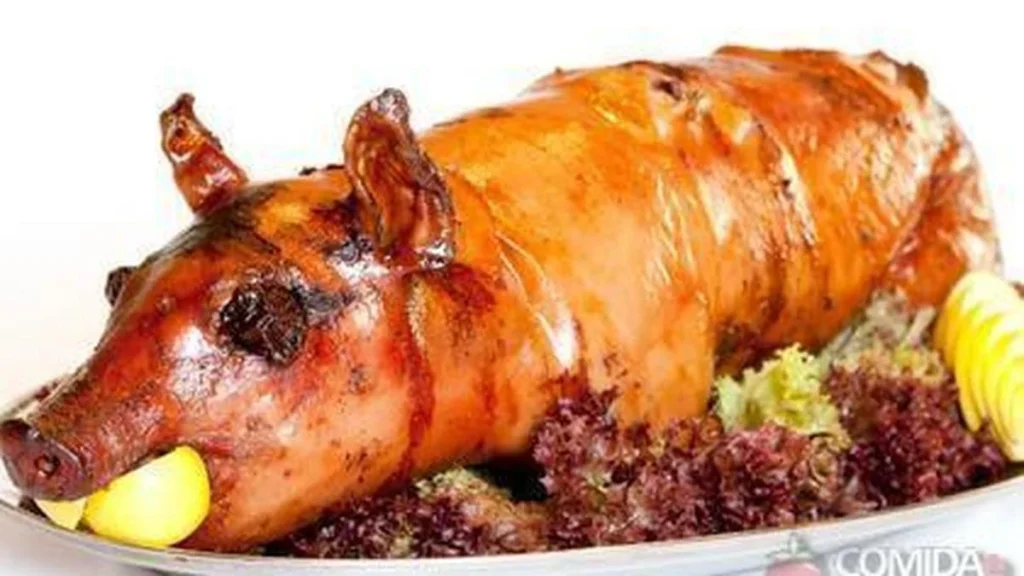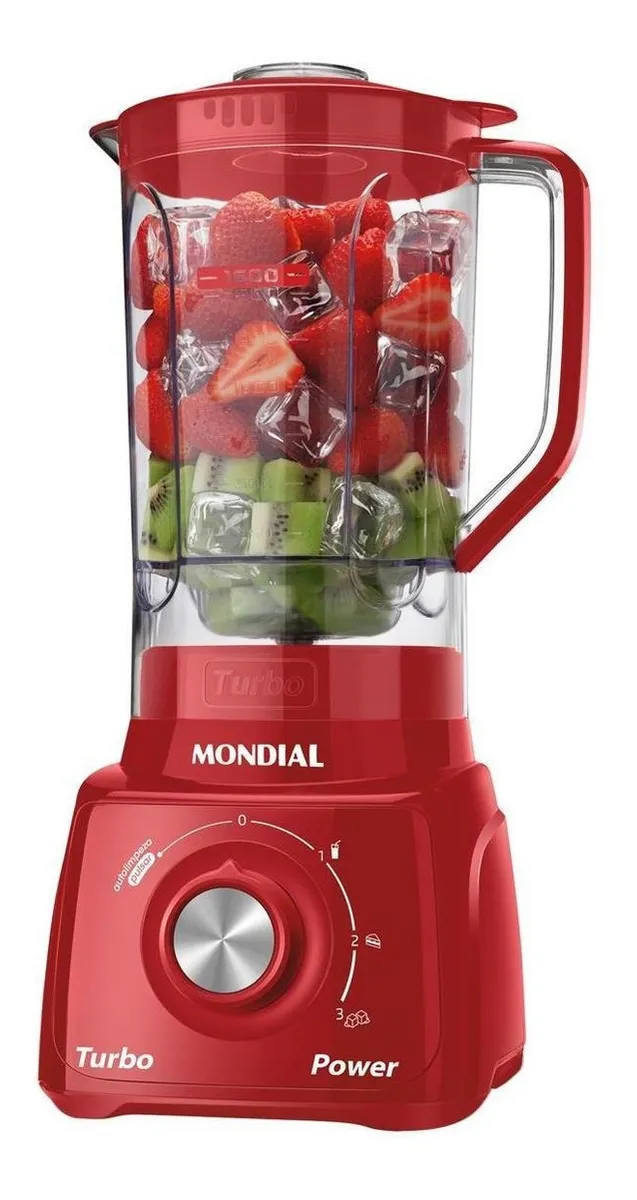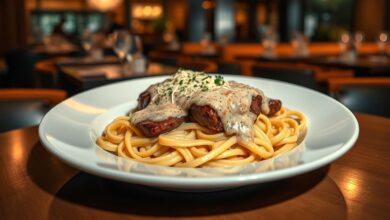How to Roast Suckling Pig in a Gas Oven: Tips for Succulent Meat and Perfect Crackling!
Learn how to roast suckling pig in a gas oven and amaze everyone with tender, juicy meat and an irresistible crispy skin. Check out preparation tips, seasoning, oven time, and tricks for a perfect result!
Introduction
Roasting a suckling pig in a gas oven may seem like an intimidating task, but with the right tips, anyone can prepare a feast-worthy meal. If you have always dreamed of serving a roast suckling pig with juicy meat and crispy skin, this guide is for you! We will unveil all the secrets, from selecting the meat to serving time, so you can impress your guests on any special occasion. Get ready to learn how to roast suckling pig in a gas oven in a practical way with delicious results!
Choosing the Ideal Suckling Pig: Quality Makes the Difference
The first step to a perfect roast suckling pig is choosing quality meat. Look for a fresh piece, with smooth skin, no dark spots, and an even layer of fat. Fat is essential to keep the meat moist during cooking and to achieve a crispy, flavorful skin.
Tips for choosing the suckling pig:
- Weight: A 4 to 6 kg suckling pig is ideal for roasting in a domestic gas oven. Larger pieces may not fit in the oven or cook unevenly.
- Appearance: The skin should be smooth, without deep cuts or dark spots. The meat should have a light pink color and the fat should be white and firm.
- Origin: Prefer local and trusted producers who guarantee the meat’s source and quality.
- Ask the butcher for help: If in doubt, ask your trusted butcher to help choose the best piece. They can also clean and prepare the suckling pig for you, if desired.

Preparing the Suckling Pig for Roasting: Cleaning, Drying, and Strategic Cuts
With the suckling pig chosen, it’s time to prepare it for the oven. This step is crucial for a good result:
- Cleaning: Rinse the suckling pig well under running water, inside and out. If desired, rub the skin with lemon or vinegar to remove any strong odor and help with crisping later.
- Drying: Dry the suckling pig completely with paper towels or a clean kitchen cloth. Dry skin is essential for crisply crackling skin.
- Strategic cuts: Make shallow diamond-shaped (crosshatch) cuts on the skin, being careful not to reach the meat. This helps the fat melt and the skin become crispier. You can also make some holes in the meat with the tip of a knife to allow the seasoning to penetrate better.
Seasoning: The Secret to a Flavorful Suckling Pig
The seasoning is what will give flavor and character to your roast suckling pig. Creativity is welcome here, but a classic and foolproof combination is:
- Garlic: Use crushed or finely chopped garlic.
- Coarse salt: Coarse salt helps dehydrate the skin, contributing to crispiness.
- Black pepper: Freshly ground, it adds a spicy and aromatic touch.
- Olive oil: Helps spread the seasoning and brown the skin.
- Fresh herbs: Rosemary, thyme, bay leaf, and sage are great options.
- Citrus: Lemon or orange juice adds a fresh flavor and helps tenderize the meat.
- Dry white wine (optional): Adds a sophisticated flavor to the marinade.
Tip: Prepare a paste with the seasoning ingredients and rub it all over the suckling pig, including the cuts and inner cavity. Massage well to let the seasoning penetrate the meat.
Marinade: Enhancing the Flavor
For even more intense flavor, let the suckling pig marinate in the seasoning for at least 12 hours in the refrigerator, covered with plastic wrap or in a large plastic bag, turning halfway through so both sides absorb the flavors equally. The marinade also helps tenderize the meat.
Preparing the Gas Oven and Roasting Pan
Before putting the suckling pig in the oven, it is important to prepare it properly:
- Preheating: Preheat the gas oven to 180°C for about 15 minutes.
- Roasting pan: Use a large, deep roasting pan, preferably with a rack. The rack allows fat to drip and hot air to circulate around the suckling pig, ensuring more even cooking. If you don’t have a roasting pan with a rack, you can improvise by placing firm vegetables (such as large pieces of potatoes and carrots) at the bottom of the pan to elevate the suckling pig.
- Aluminum foil: Have aluminum foil on hand to cover the suckling pig during part of the cooking and protect the skin.
How Long to Roast Suckling Pig in the Gas Oven?
O the time to roast the suckling pig in a gas oven varies according to the weight of the piece. The general rule is to calculate about **1 hour of oven time per kilo of suckling pig**. A 5 kg suckling pig, for example, will take approximately 5 hours to roast.
Cooking phases:
- Phase 1 (with aluminum foil): Cover the suckling pig with aluminum foil, shiny side inward. Roast for about 70% of the total estimated time (for a 5 kg suckling pig, approximately 3.5 hours).
- Phase 2 (without aluminum foil): Remove the aluminum foil and roast for the remaining 30% of the time (for a 5 kg suckling pig, about 1.5 hours). This phase is crucial to brown and crisp the skin.
Tip: During the first phase, the oven temperature should be kept around 180°C. In the second phase, you can raise it to 200-220°C to speed up browning of the skin.
How to Make Crispy Skin: The Big Trick!
Crispy, bubbly skin is the highlight of roast suckling pig. To achieve this effect, follow these tips:
- Well-dried skin: Before seasoning, dry the skin of the suckling pig well with paper towels. The drier the skin, the crispier it will be.
- Coarse salt: Coarse salt helps dehydrate the skin, contributing to crackling formation.
- High heat at the end: In the last 20-30 minutes of cooking, increase the oven temperature to 220-250°C to give the skin a thermal shock and make it crackle. Watch carefully to avoid burning!
- Hot oil (optional): Some like to drizzle hot oil over the skin at the end of cooking to help crisp it.
- Culinary torch (optional): If the skin doesn’t fully crackle in the oven, you can use a culinary torch to finish it, being careful not to burn it.
How to Know if the Suckling Pig Is Ready?
There are two main ways to check if the suckling pig is cooked:
- Meat thermometer: The most accurate way is using a meat thermometer. Insert it into the thickest part of the thigh, without touching the bone. The internal temperature should reach 75-80°C.
- Appearance and texture: The skin should be golden and crispy, and the meat should easily come off the bones when pulled with a fork. The juices flowing from the meat should be clear, without pink shades.
Tips for an Unforgettable Roast Suckling Pig
- Baste the suckling pig: During cooking, baste the suckling pig every hour with the broth that forms at the bottom of the roasting pan. This helps keep the meat moist and adds flavor.
- Resting: After roasting, let the suckling pig rest for 15 to 20 minutes before slicing. This allows the juices to redistribute throughout the meat, making it even more tender and juicy.
- Vary the seasonings: Try adding other seasonings to the marinade, such as leek, red onion, chili pepper, honey, mustard, or soy sauce.
- Stuffing: You can also stuff the suckling pig with seasoned farofa, dried fruits, or other ingredients of your choice.
- Serve with sauces: A tasty sauce can further enhance the flavor of your roast suckling pig. Try an orange sauce, a honey mustard sauce, a sweet and sour sauce, or a sauce made with the cooking broth.
Conclusion
Roasting suckling pig in a gas oven may seem challenging, but with the tips and techniques we shared, you’ve seen it’s possible to prepare a delicious meal and impress your guests. Remember to choose a quality suckling pig, prepare the meat well, take care with seasoning and marinade, control the oven time and temperature, and of course, make the skin crackle! With patience and dedication, you’ll become a master in the art of roasting suckling pig in a gas oven. Now just roll up your sleeves and prepare an unforgettable feast!
Have you ever roasted suckling pig in a gas oven? Share your experiences, tips, and questions in the comments!
Image source: claudia foodandrecipes







